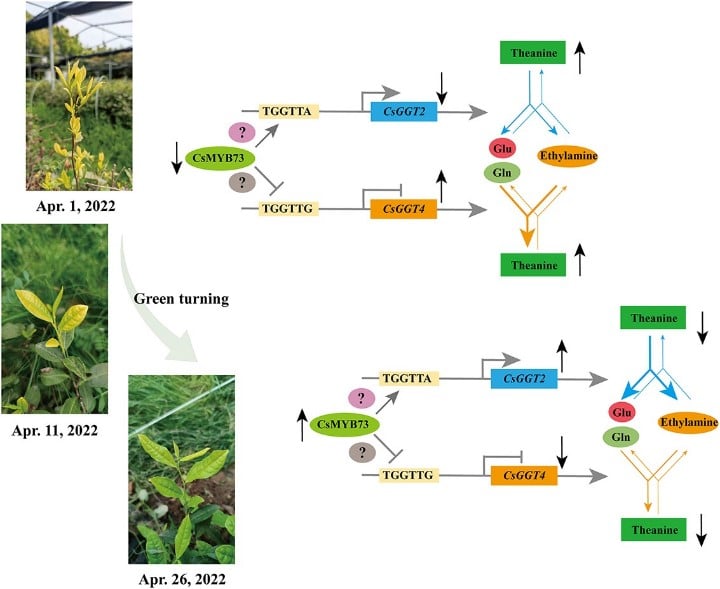
In a recent study, Wesper revealed how obesity, gender, and age interact to influence key sleep apnea metrics, including the Apnea-Hypopnea Index (AHI) and Hypoxic Burden (HB). HypoxicBurden—a cutting-edge metric measuring cumulative oxygen deprivation during sleep—has emerged as a critical predictor of cardiovascular risks in sleep apnea patients. Wesper’s findings solidify its role as a vital tool in assisting healthcare providers to diagnose and manage obesity-related sleep apnea, particularly for patients undergoing GLP-1 therapy.
The study analyzed 1,364 patients, including mixed-BMI and obese-only groups, uncovering how factors like weight gain, aging, and gender amplify sleep apnea severity. Among the most significant insights was the heightened impact of weight and age on AHI and HB, with male patients showing considerably higher risks.
Key Findings
- Obesity Worsens Sleep Apnea: For every 1-unit increase in BMI (e.g., going from a BMI of 30 to 31), patients experienced 1 additional breathing interruption per hour during sleep.
- Age Magnifies Sleep Apnea: Each additional year of age increased breathing interruptions by 0.32 events per hour in the mixed-BMI group and by 0.42 events per hour in the obese-only group, showing a greater impact in those with higher BMIs.
- Men Face Greater Risks: Men consistently exhibited more severe sleep apnea than women. In the obese group, males experienced 14 more breathing interruptions per hour and endured 34% more oxygen deprivation during sleep compared to females, despite having similar BMIs.
“Obesity and sleep apnea are intricately linked, and our findings emphasize the unique risks patients face based on their weight, age, and gender,” said Dr. Amir Reuveny, CEO and Founder of Wesper. “Wesper’s advanced sleep testing system equips providers with the data they need to deliver personalized care, particularly for patients on GLP-1 therapies.”
The Link Between GLP-1 Medications and Sleep Apnea
GLP-1 receptor agonists , like semaglutide, have revolutionized weight loss and metabolic care. However, untreated sleep apnea can undermine the benefits of GLP-1 therapy. Intermittent oxygen deprivation and poor-quality sleep caused by sleep apnea may counteract the cardiovascular and metabolic improvements achieved with GLP-1 medications.
Wesper’s AI-powered HSAT system addresses this gap by providing high-resolution, multi-nightrecording. Its 95% correlation to polysomnography (PSG) ensures accurate measurement while also tracking advanced metrics like Hypoxic Burden. This enables providers to take a holistic approach to managing obesity and sleep apnea.
With its patient-friendly design, advanced metrics, and focus on integrating sleep health into chronic disease care, Wesper is paving the way for better outcomes in obesity and sleep apnea management.
About Wesper
Wesper is a leading home sleep testing platform offering AI-driven insights and multi-night data with a 95% AHI correlation to polysomnography. Wesper empowers providers to deliver efficient, personalized care for patients with sleep apnea and related conditions.




